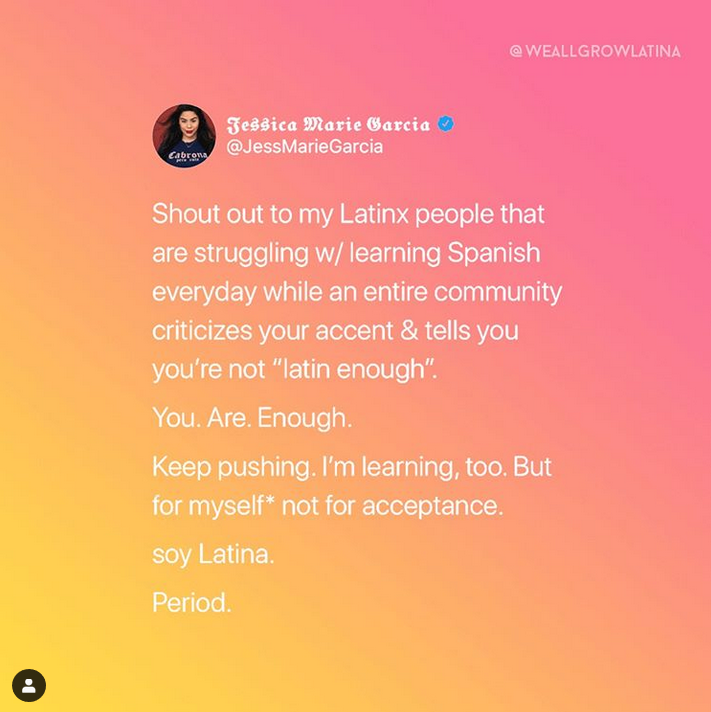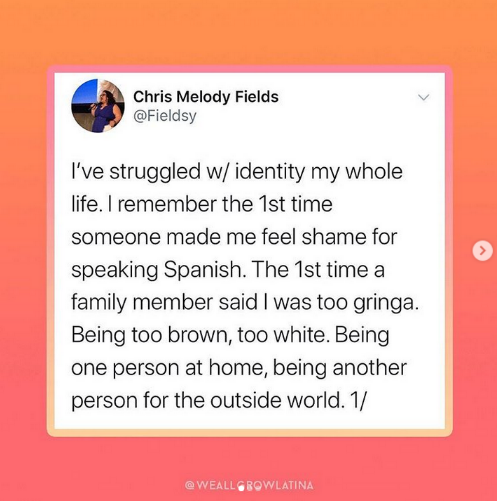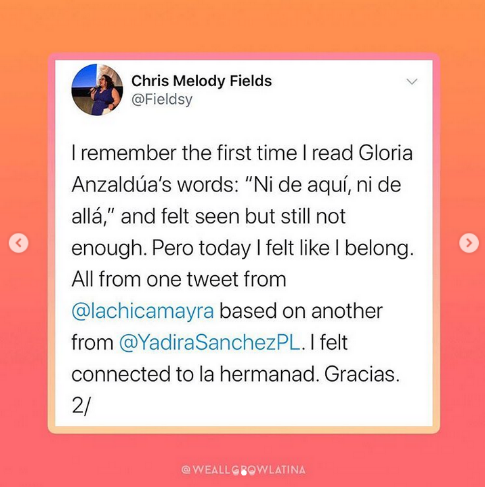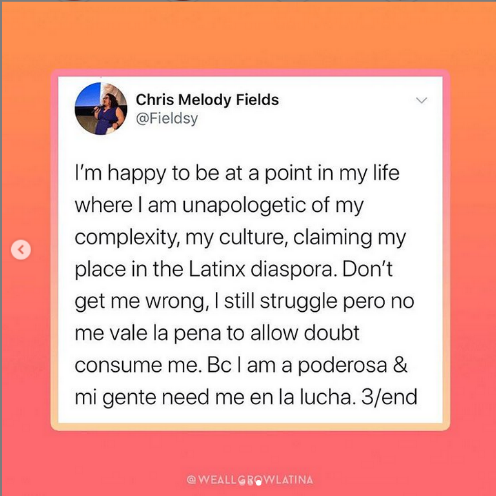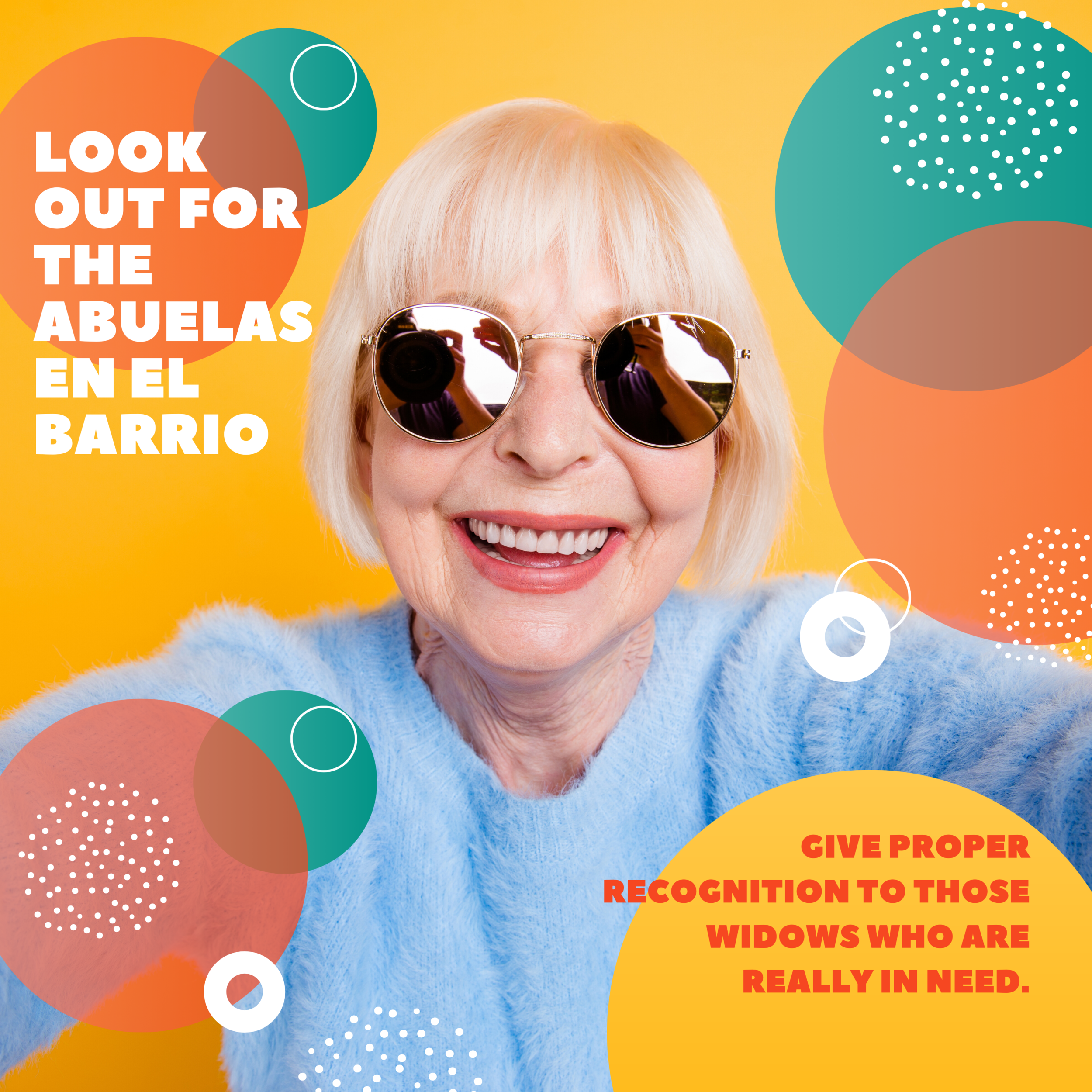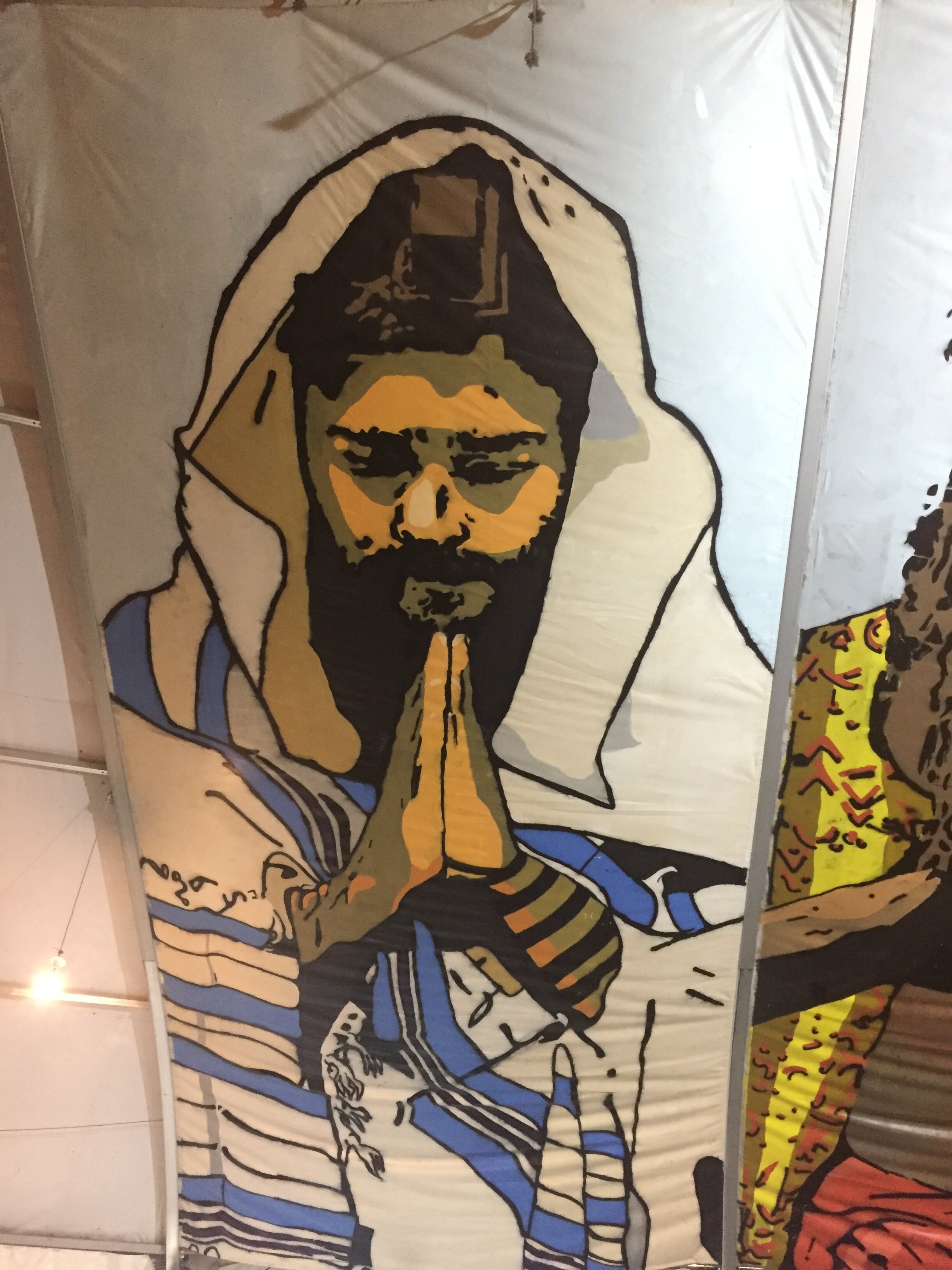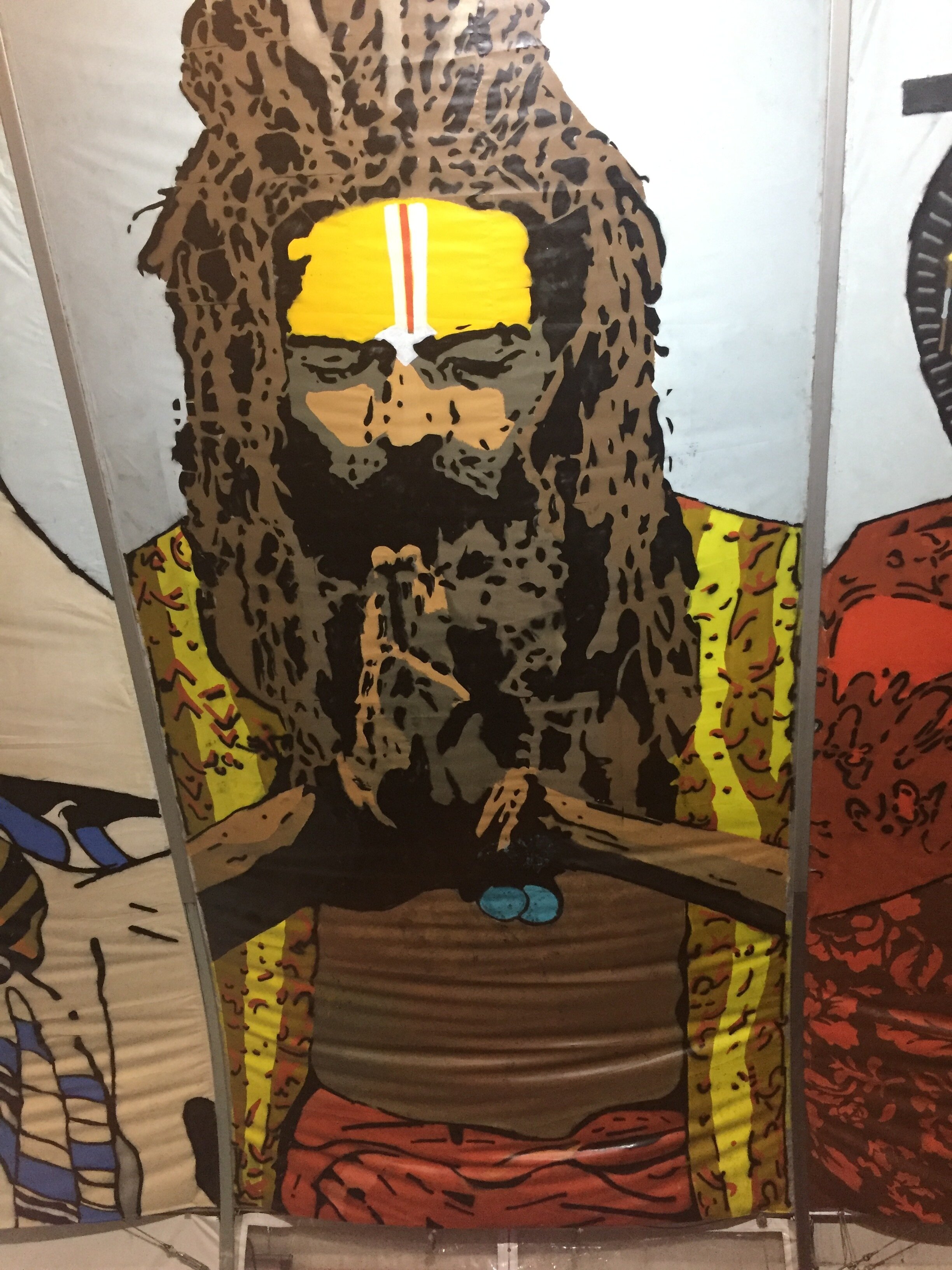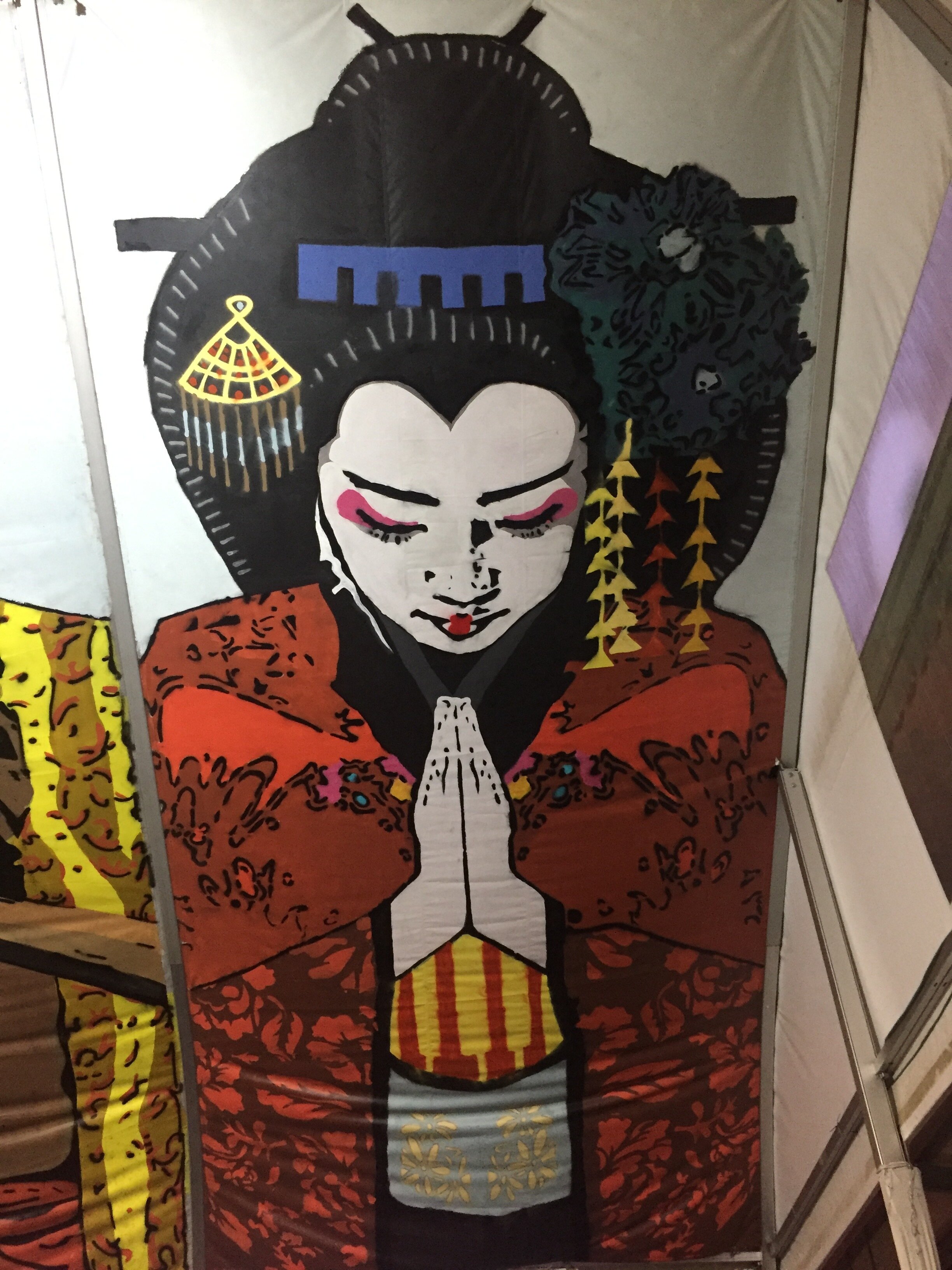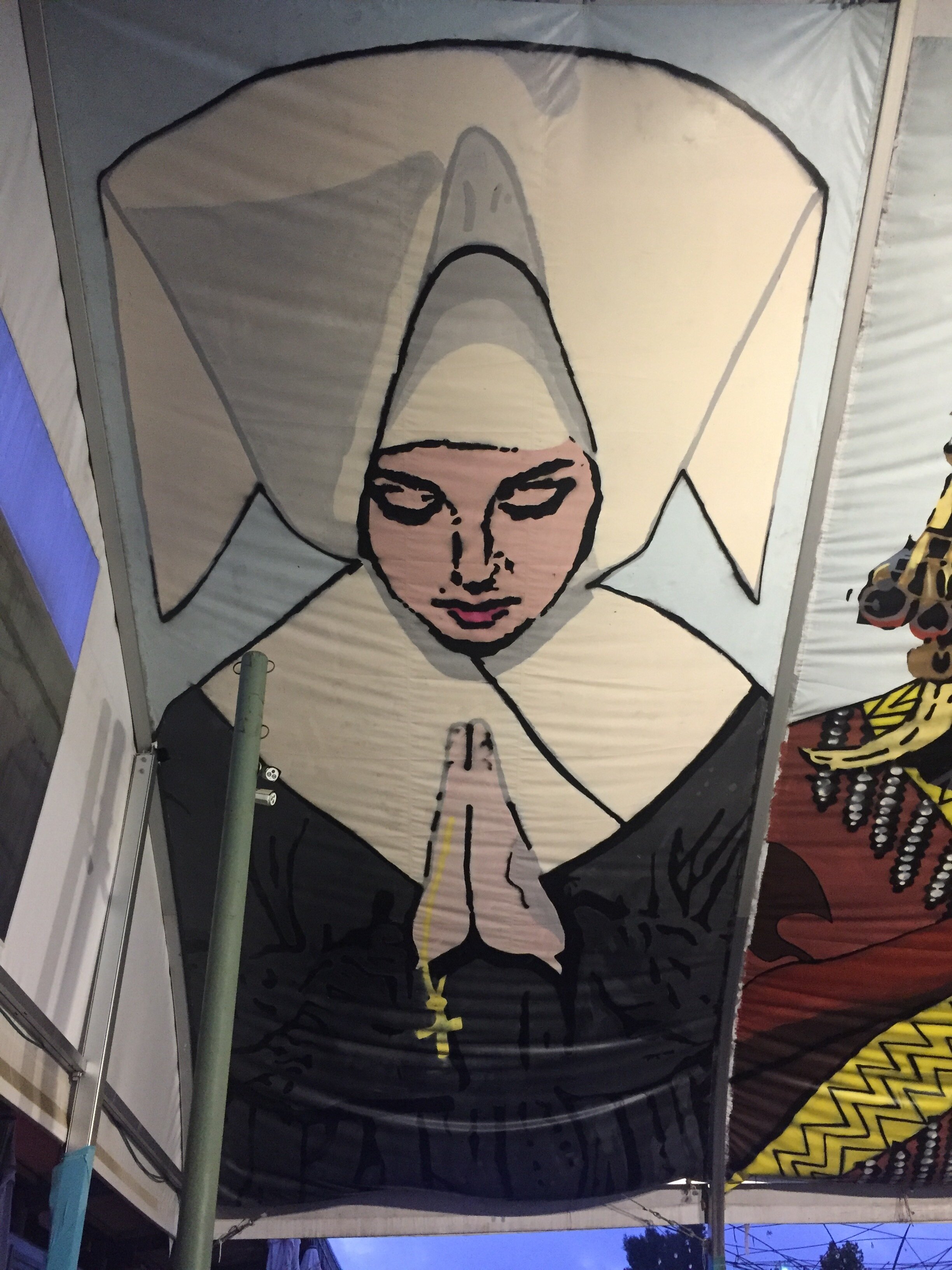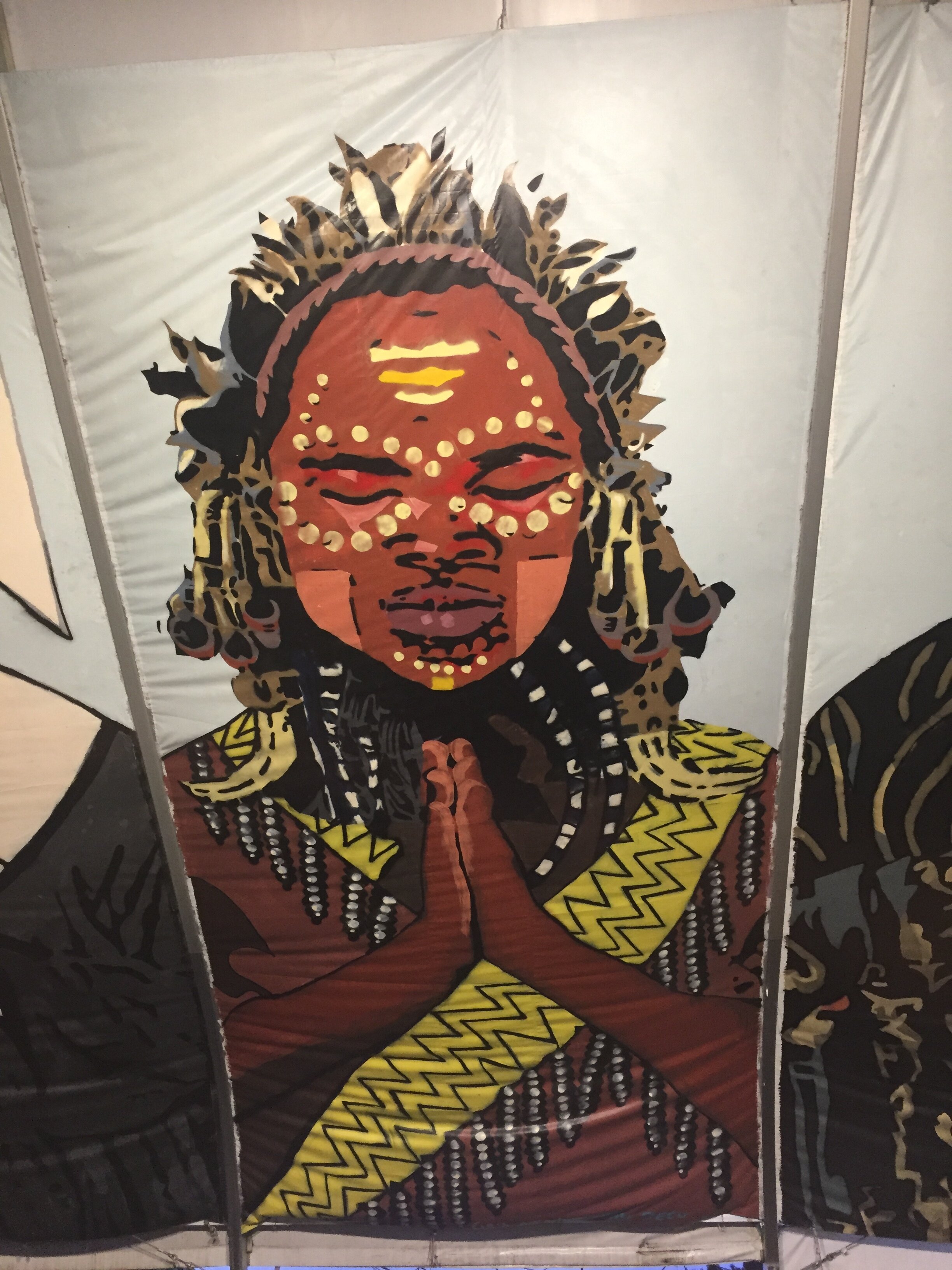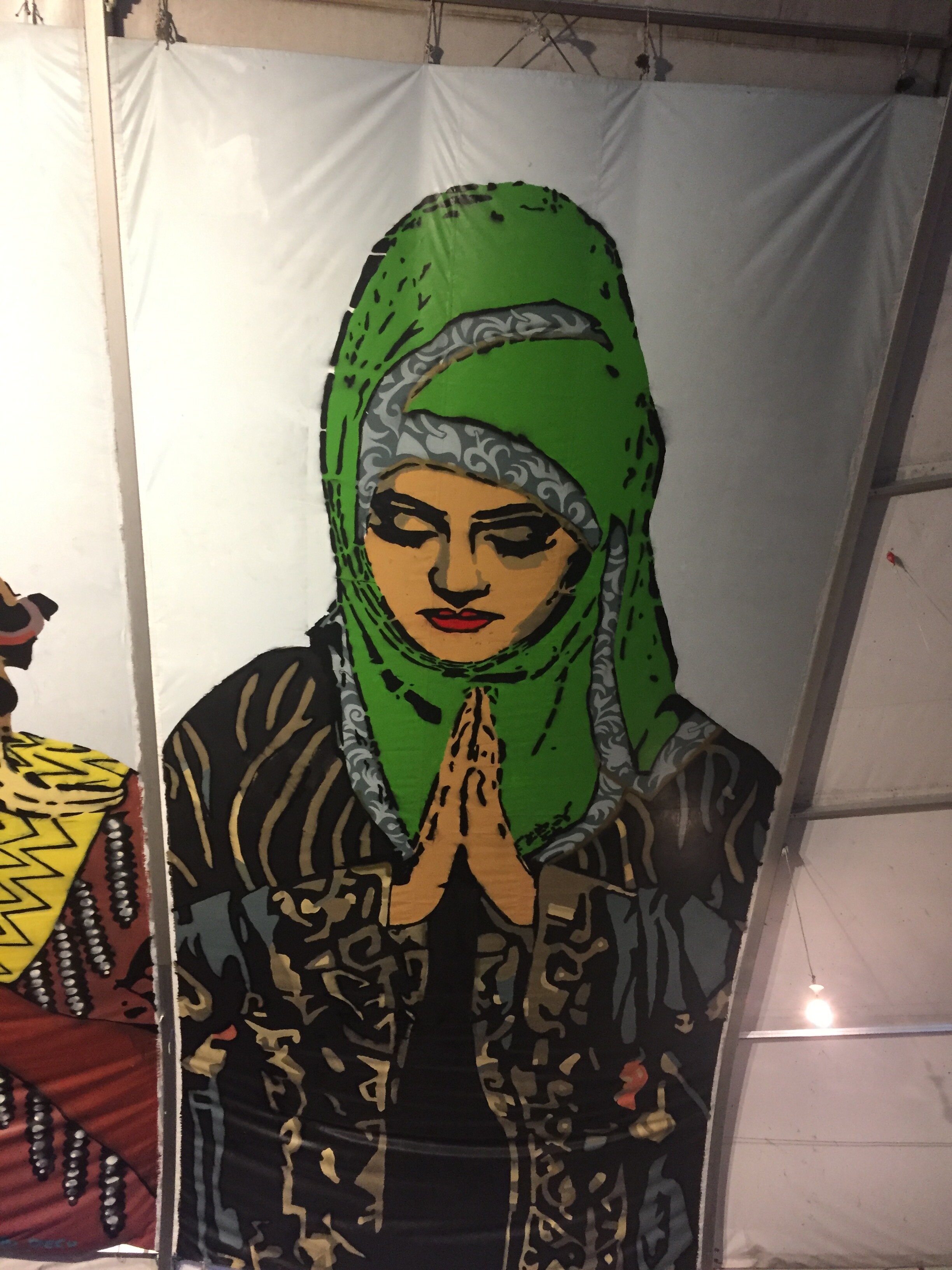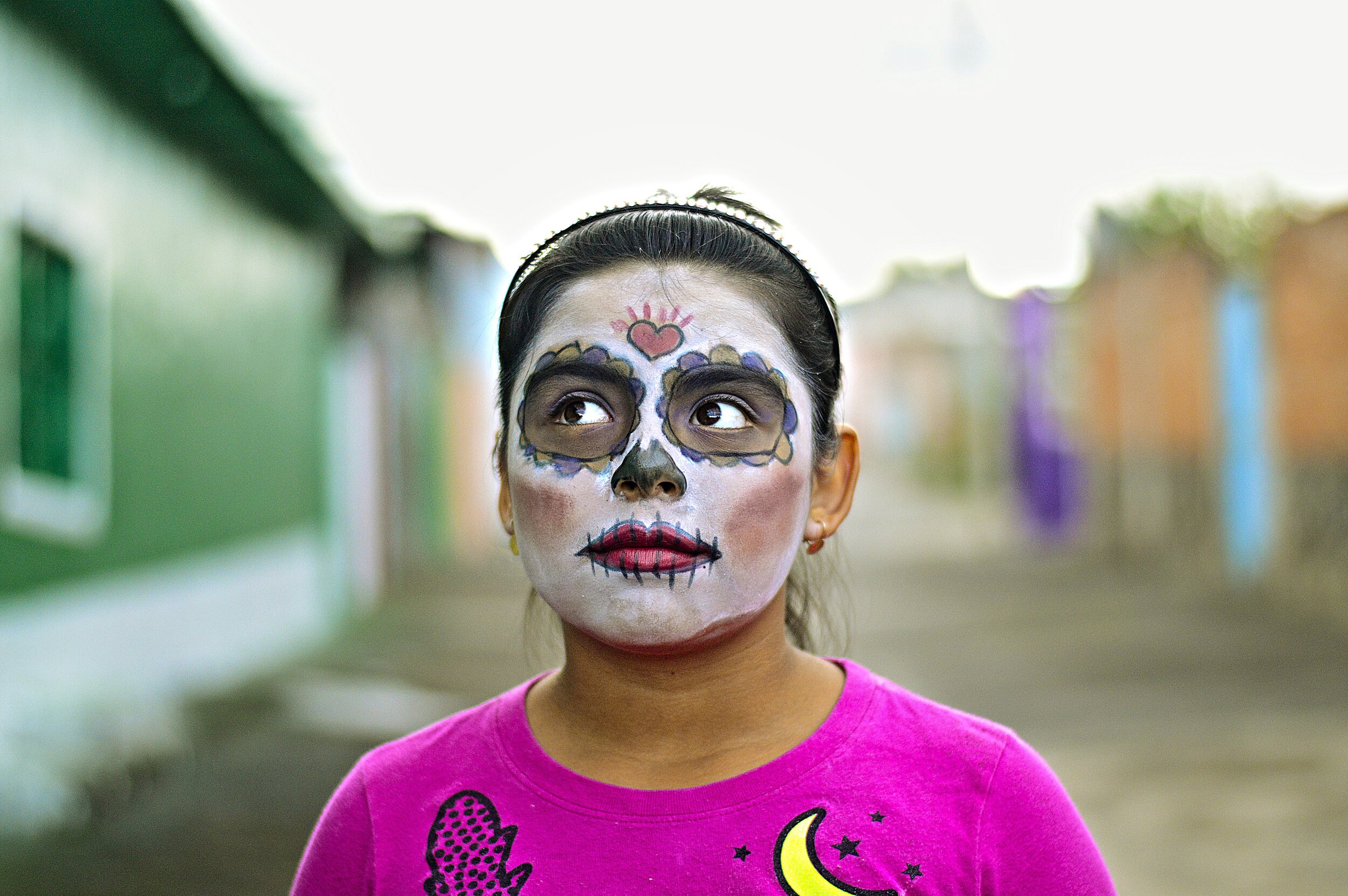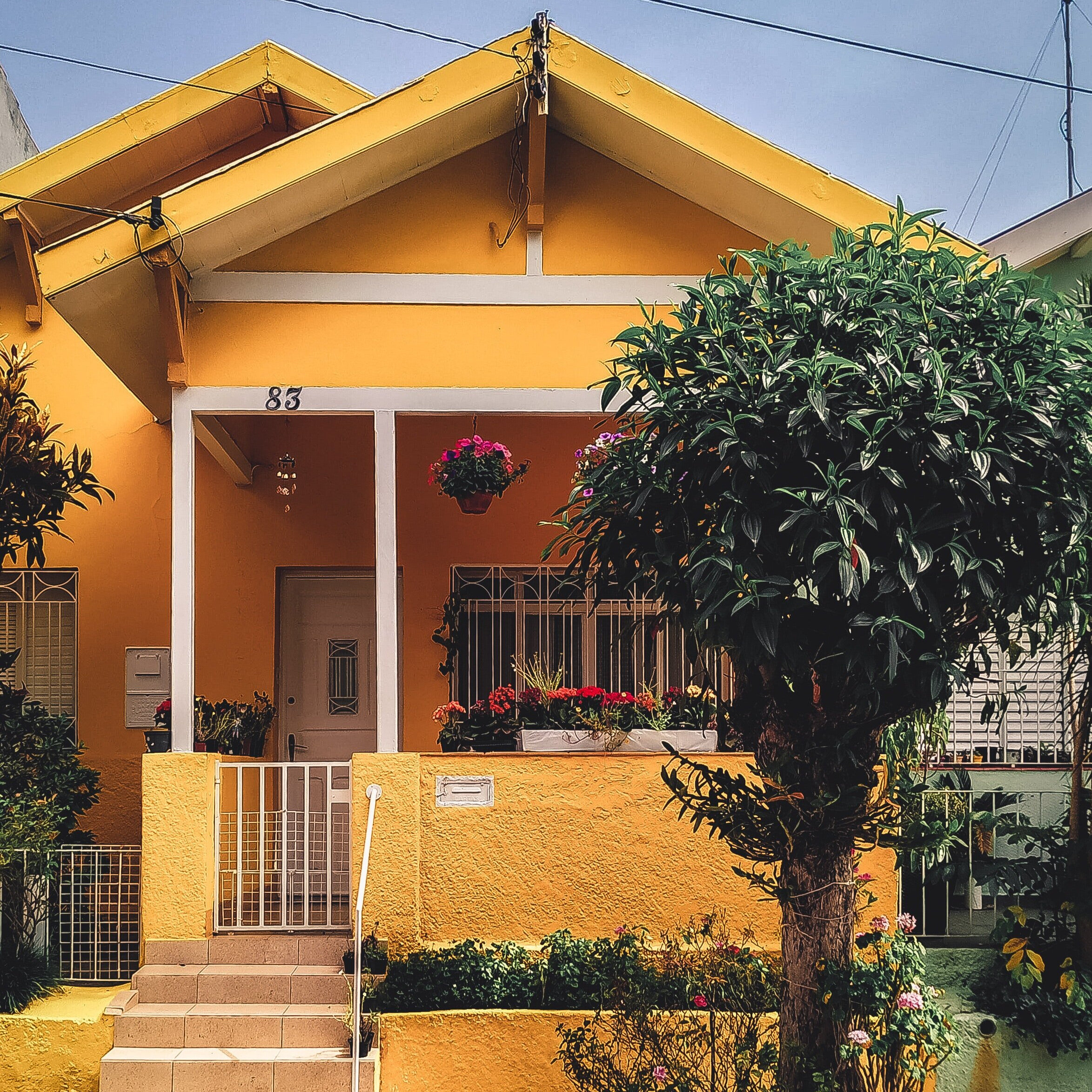My maternal grandfather was born in 1895 and my grandmother, his wife, in 1916. They both died before I was born but I heard about them from my mother, Andrea. My grandmother, I gathered, was a sturdy woman, a loving and responsible mother of 13 with little patience for backtalk. My grandfather, it seems, was a warm and well-liked gentleman with kind eyes, soft hair, and the fair skin typical of those on the island with Carib blood. Although unrelated, both were Lavilles, indicating some French influence either through ownership or marriage. Both were Roman Catholic. Despite knowing all of this, I only recently learned their first names. Della and David. For whatever reason, their names were never given, and for 27 years I never thought to ask.
I’m not sure what prompted the realization that I never learned their names. It may have been my studies in historical theology. The study of history often results in a desire for tangible personal connection with the past. The names of countless strangers, their geographical and cultural settings, their dates of birth and death, all become crucial windows for meaning, however opaque. Skipping across the centuries in search of ideas and their consequences, the names of people in their times and places remind us of our finitude and our mutuality, of our own relationship with the dirt and our bond with those who have already returned to it.
In the historical study of race, though, it is dangerous to care for names. Necessary, to be sure, but dangerous. So many names lost, so many others denied. So many, as Ellison knows, invisible to the eyes of history.[i] My grandfather was not born in the United States, but he was born during that period of U.S. history called the nadir. This period began upon the failures of reconstruction immediately following the Civil War and is considered by many historians the worst period of anti-black racism in our history. From 1877 well into the 20th century the terrors of mob violence and lynching, Jim Crow segregation, and various expressions of white supremacy flourished. Hatred, violence, and death reigned. Meanwhile, in the room of a home somewhere in a village on a small island in the Lesser Antilles, a baby was given the name David.
Long before the nadir in the U.S., the racial economy was in development on a global scale. No later than the 18th century in the Caribbean, “black” Caribs were already distinguished from “yellow” Caribs, Kalinagos distinguished from Garifunas and Taínos. Enlightenment racial schemes already exported to the indigenous people of the Greater and Lesser Antilles. To some degree classification is unavoidable, especially as people groups strive to maintain their own cultural particularity. But the seeds of a vile pigmentocracy were already being sewn, whiteness already laying claim to preeminence. What was at stake, the true commodity, as Willie Jennings notices, was the power to name.
* * * *
Grandma Clementine
My only living grandparent is named Clementine and her late husband’s name was Harold Hubert Hazelwood Yorke. While my other three grandparents represented France, Harold represented the British side of the colonial contest for Dominica. They named their son, my father, Anthony Roosevelt Yorke, and he gave his name, in some form or another, to all of his children. Harold was born in 1919 and Clementine in 1930. Again, both were born in the Caribbean. Harold was born the same year that the 19th amendment passed in both the House of Representatives and the Senate of the United States. Fully ratified by all states in 1920, the 19th amendment was a step toward recognizing the inherent dignity of women. Unfortunately, Harold hadn’t gotten the memo. The few stories I heard of my paternal grandfather involved his mistreatment of his wife and family. My grandmother faced what Kimberlé Crenshaw calls intersectionality—the cross-section of her identities as black and as a woman which forms a complex matrix of oppression. But Clementine was a praying woman. A Baby Suggs type, holy.[ii] And several of her children, including my father, became answers to her deepest prayers.
Not every generation is an outright improvement on the one before. If it were, the world would be utopia by now. Still, because of Clementine’s prayers, Anthony is a better husband and father than Harold was. When I got married I wondered if I would be a good husband and, eventually, a good father. My grandfather, after all, passed down not only a name but genetic information. What limitations, thought patterns, or propensities did we share? Which insecurities were ours to manage? And which of these would I pass on to my own children? Then, about a hundred years after Harold was born, and about 2500 miles away, my wife Chelsea and I faced infertility.
* * * *
Chelsea and I constitute what our racialized world names an “interracial” relationship. It is a tragic-redemptive name for particular kinds of coupling. On the one hand, the names, in our case “black” and “white,” point to and reiterate the same biologically essentialist logic that provides the foundation for white supremacy. While skin pigmentation is, no doubt, a function of biology, the names “black” and “white” are not reducible to biology alone. They must be observed through the prism of history. The names mark levels on what Jennings calls an “abiding scale of existence” that places whiteness on top and blackness at bottom. Whether we recognize it or not, these names still function this way. The pigmentocracy is no longer as explicit as it once was; few people in our day use names like “quadroon” (one quarter black) or “octaroon” (one eighth black) to describe themselves. But the gap between the names, what Eddie Glaude calls the “value gap,” remains alive and well. If you don’t believe it, imagine a “black” neighborhood. Now imagine a “white” neighborhood. For either, don’t think of the exceptions. Now choose where you believe you will have access to adequate levels of safety, comfort, and opportunity. To be said to be participating in an “interracial” relationship, then, carries insidiously racialized connotations. It subconsciously signifies the impossible coming together of fundamentally disparate realties. It is tragic.
On the other hand, the names “black” and “white” point to and reiterate identification with particular communities. Especially for racialized minorities, this self-identification points to what Ian Haney Lopez calls “community ties,” familiarity with and concern for the interests of one’s community of origin. Understood through the lens of community ties, “blackness” does not signify the bottom of a racial scale of existence, it signifies dignity, strength, and participation in a beautiful community of people bearing the imago Dei. It signifies those who have gone on existing, and beautifully, despite every effort against them. Historically and sociologically speaking, the community to which “white” identity points has been the community of the oppressor, the community who took the power to name themselves and others. Those who are named “white,” then, have the difficult task of reckoning with this identity, of bearing the name, while working to dismantle its meaning and renounce its power. In this way, to be said to participate in an “interracial” relationship may be understood as redemptive. It may represent a supernatural work of reconciliation between communities who have redefined, relinquished, and/or redeemed the names they were given or that they gave to themselves. It may represent submission to the power of God in Christ by the Spirit to name, rename, and redeem for God’s own purposes.
This latter sense of the name “interracial” was, and is, the case for Chelsea and me. And we looked forward to thinking through this complex identity for and with children who would represent physically what we now understood about our relationship. A kind of visible sign of an invisible reality. In this context, the verdict of infertility named not only our inability to have biological children; it also suggested the improbability of naming a new way of being in society, a new way of relating to one another in a racialized world. So, Chelsea shared in the longing of Sarah, Rachel, Hannah, and Elizabeth. For these women of canonical fame, longing for children proved to be holy longing; they desired to participate in the story of redemption to whatever degree they understood it as such. On this side of Pentecost, we long to participate in the redemption of a society ravaged by those who would claim the ultimate power to name. The redemption itself has already occurred and is occurring, however improbable. Even improbability kneels in the presence of God; dry bones come to life. Even a virgin could become theotokos, mother of God.
* * * *
Chelsea had learned some years before of embryo adoption. In truth, Chelsea and I decided independently, even before we dated, that we would someday adopt children. Upon marriage, we thought of it as a future endeavor, something to pursue after starting a biological family. Somewhere in the midst of our grieving the verdict of infertility, though, the memory of adoption returned. In waves, over time, joy and hope returned, too. Our conceptions about family and biology challenged, we took heart again. Ultimately, we pursued embryo adoption, in which the embryo of a donating family is carried and delivered by the adoptive mother; the child grows in the womb and is delivered by the adopting mother but carries neither of the adoptive parents’ DNA. In the United States, there are currently over a million embryos in cryopreservation. Over a million embryos waiting to be named.
From their biological father’s side, the embryos that Chelsea and I adopted are half Kenyan. Because of the “one-drop” racial logic of the U.S., they will be racialized as black even as they are simultaneously racialized as mixed.[iii] Our children will change our names. We will now be mother and father. Further, I will be named a “black” father and Chelsea, a “white-mother-of-black-children.” These names carry complex meaning and emotion, in fact, the same tensions inherent in the name “interracial couple.” Tragic-redemptive.
It is tragic that one effect of racism and socio-economic disenfranchisement on black families has been the paradigm of the absent black father. Tragically, this hasn’t resulted in proportionate praise for the paradigmatic strength and resilience of black mothers. It is tragic that the narrative of black male absenteeism has become, for many, the cause and not an effect of socio-economic disenfranchisement in black communities. The blame is shifted and all responsibility for social action is placed back onto the black community. It is tragic that the fetishization of black men and black children by white women is an historical reality and has even become a trope in popular culture. It is also tragic that many women named “white” who happen to love men named “black” and parent children named “black” and/or “mixed” may be seen to perpetuate this fetishization.
It is redemptive to know that the active, present, loving, sensitive, strong black father is not an anomaly. It is redemptive that countless men and women across the country and across the world have always fought on the side of anti-racism without reduction. It is redemptive that countless interracial couples around the globe lean into the complexity of their joining, bringing all of their names with them, and considering together what kind of world our children should inhabit.
From their biological mother’s side, our child(ren) are part Cajun. The name Cajun is laced with racial history. French Canadians born in Louisiana during the late 18th and 19th centuries increasingly felt the need to distinguish themselves as “white” in contrast to those French Louisianans with darker skin, those who came to be known as Creoles. This racial distinction predictably and increasingly corresponded to socio-economic disparity. While the names in themselves—Cajun and Creole—do not inherently point to race, they have been made to conform to modernity’s racial logic.
Still on their biological mother’s side, our child(ren) are also part Honduran. Honduras, like many Caribbean islands, is paradigmatic in the colonial and neo-colonial history of the west. It is what O. Henry named a “banana republic,” a socio-politically unstable community. These banana republics were exploited for their rich natural resources, their societies forced to yield to capitalistic visions of time, space, and relating. Honduras’s prolific land attracted “namers” who would try to bring the land into submission; it would become what Pablo Neruda called “America’s sweet waist.”
It will be our task as parents to pass down what we know of these histories, in all of their beauty and complexity because our child(ren) will be named “mixed,” and this name will be truer than the namers know. It will seem as though our child(ren) are the mixture of Chelsea and myself—and they will be that, too—but they will be so much more. They will be the mixture of the stories of Africa, South America, the Caribbean, Europe, and the United States. They will be the mixture of the past and the present, of already but not yet. They will be the mixture of histories with History. Ultimately, they will be the mixture of human sinfulness and redemptive grace.
* * * *
This is the reason that the Son, eternally begotten of the Father, took on the name Jesus in a particular time and place. Submitting himself to Mary and Joseph, the God-man allows himself to be named and to grow in favor with both God and people. In his ministry, Jesus exercises his own power to name—Simon is named Peter, servants are named friends. Not knowing sin himself, Christ took the name “sin” so that many might have the name “righteous.” Upon his resurrection Jesus instructs his disciples to baptize into the name of the Father, the Son, and the Holy Spirit. And by the power of the Holy Spirit, the followers of Jesus are named the Church, sinners are named saints, those who were once not a people are named a people for God’s own possession. For this reason, Christ has been given the name above every name. Christ has assumed, and therefore, redeemed humanity’s power to name which was broken at the fall. This power has been abused by those who have the name Christian, but there is redemption for this, too.
So, our child(ren) will have names. They will have names which identify them as individuals who bear the divine image, each one a “Thou” existing alongside others in what Martin Luther King Jr. named an inescapable network of mutuality. Names signifying particular finite lives in time and space for whom the infinite God, in Christ, opened eternity.
And the names will be given by us, their parents. Not in domination, but in love. This given-ness points to our contingency, to our dependence—along with all of creation—on God for life, breath, and being. It points to our unity with those who came before us and it means that we carry their lives and stories with us. We carry the names we’ve been given. This, after all, seems to be the point: that because of the love of God in Christ, it may be a beautiful thing to name and be named.
About Michael Yorke
Michael Yorke holds a degree in Historical Theology from Wheaton College Graduate School in Illinois. He thinks and writes at the intersection of race, history, and Christian theology with a view toward a liberative and antiracist future. He is married to Chelsea and their first child will be born in December.
Footnotes
[i] Ellison, Ralph. Invisible Man
[ii] Morrison, Toni. Beloved
[iii] According to Winthrop Jordan, “In this country, the social standard for individuals is superficially simple: if a person of whatever age or gender is believed to have any African ancestry, that person is regarded as black. Basically, by this social rule, a person was, and is, either black or not. Any person of racially or ethnically mixed descent who has some ‘Negro blood’ has been or still is regarded as ‘colored,’ or ‘African,’ or ‘Negro,’ or ‘black,’ or ‘Afro-American,’ or ‘African American’—whatever designation has prevailed by convention at the time.”
Works Referenced and/or Consulted
Bantum, Brian. Redeeming Mulatto: A Theology of Race and Christian Hybridity
Carter, J. Kameron. Race: A Theological Account
Crenshaw, Kimberlé, et al. Critical Race Theory: The Key Writings That Formed the Movement
Ellison, Ralph. Invisible Man
García-Johnson, Oscar. Spirit Outside the Gate: Decolonial Pneumatologies of the American Global South
Glaude, Eddie S. Democracy in Black: How Race Still Enslaves the American Soul
Jennings, Willie James. The Christian Imagination: Theology and the Origins of Race
Jordan, Winthrop “Historical Origins of the One-Drop Racial Rule in the United States”
Kendi, Ibram X. Stamped From the Beginning: The Definitive History of Racist Ideas in America
Lopez, Ian Haney. “Community Ties, Race, and Faculty Hiring: The Case for Professors Who Don’t Think White”
Morrison, Toni. Beloved
Raboteau, Albert J. A Fire in the Bones: Reflections on African-American Religious History









